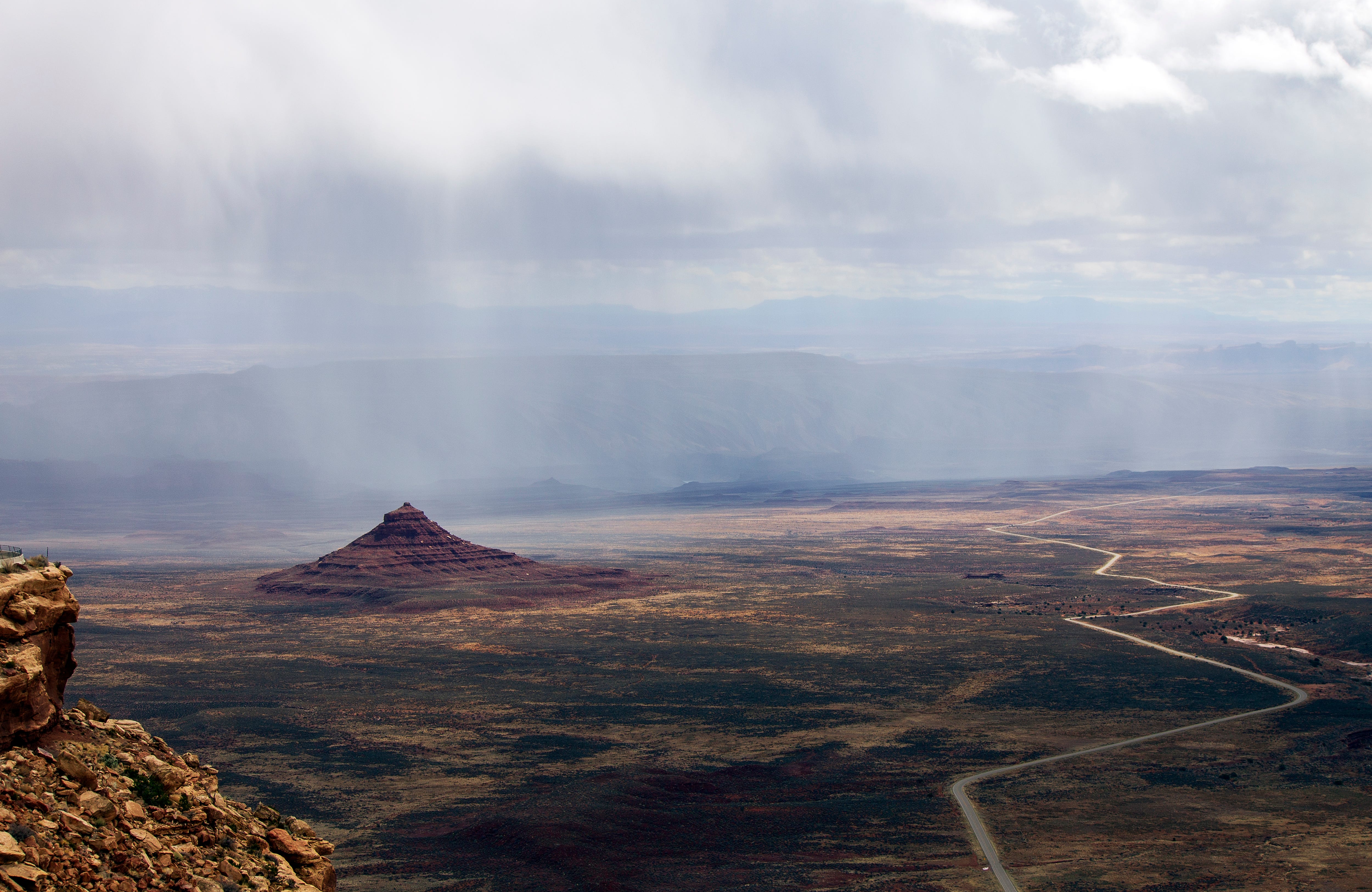Big win for Bears Ears, Grand Staircase-Escalante
Judge tosses Utah's lawsuit seeking to eviscerate the national monuments
Sacred lands, public lands, tribal nations, and the Antiquities Act all scored a huge victory last week when a federal judge dismissed a lawsuit seeking to rescind President Biden’s 2021 restoration of Bears Ears and Grand Staircase-Escalante National Monuments. District Jud…
Keep reading with a 7-day free trial
Subscribe to The Land Desk to keep reading this post and get 7 days of free access to the full post archives.


